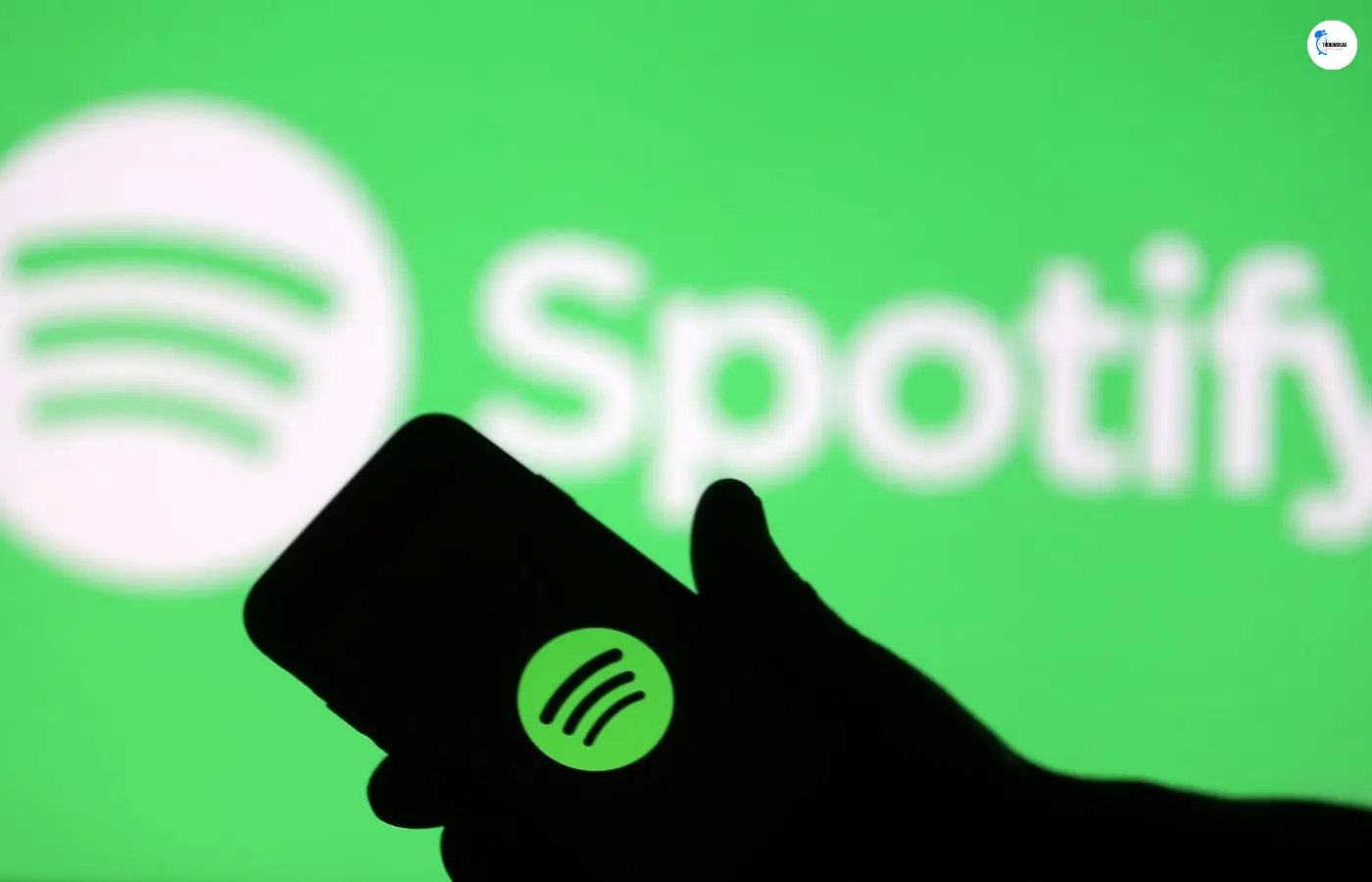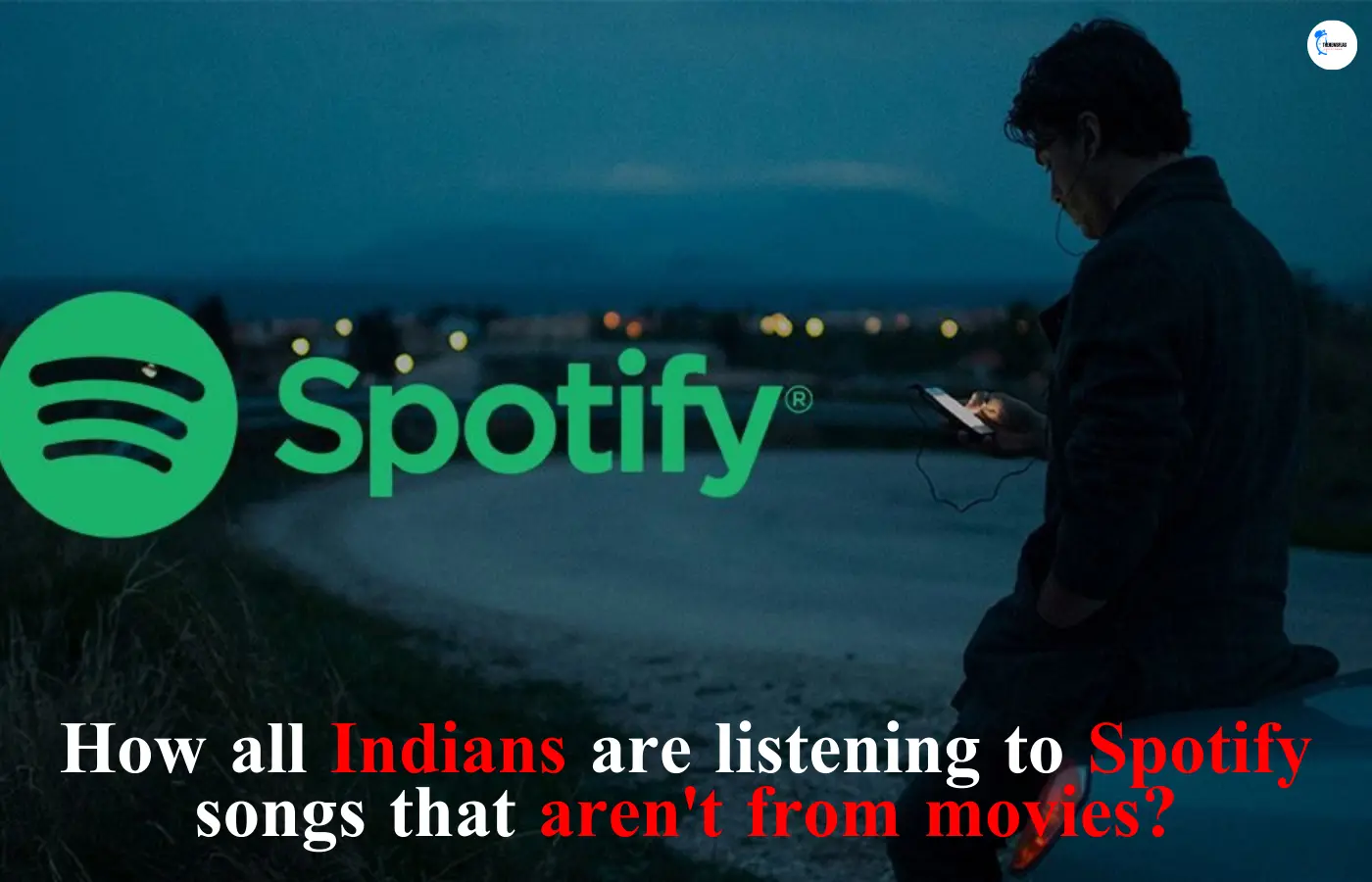Spotify’s user base in India is dominated by movie music, accounting for 70–90% of all listening sessions. However, independent songs produced by artists independently of labels and not included in films are expanding at a quicker rate than movie soundtracks, according to the Swedish audio-streaming platform.
“A 50:50 split between independent music and film is something we would want to see, but it is occurring gradually. We discovered that although India is a market with 1.3 billion people, there aren’t enough artists there as cinema music is still the primary indicator of success in the nation.
In a recent interview, Amarjit Singh Batra, general manager of SAMEA (South Asia, Middle East, Africa) and managing director of Spotify India, noted that the nation has a rich musical history and that prospects for user-generated material have grown.
- Cult Ranger XR1 Price in India: Specification, features and many more!
- You can Switch Apple iPhone to Android because of the EU! Big News From Apple
Maan Meri Jaan, a song by King and Saurabh Lokhande that has received over 275 million plays on Spotify in India as of 2023, was not featured in a motion picture.
Language-wise, the tendencies differ, as Batra noted. For example, in Punjabi, non-film music makes up 90% of total consumption, but in Hindi, Tamil, or Telugu, where film music is popular, the percentage for movie tracks is closer to 70–80%.
How all Indians are listening to Spotify songs that aren’t from movies
According to Spotify, in the non-film category, artists like AP Dhillon, King, Anuv Jain, and Kanishk Seth have been audience favorites during the past year.
The business has invested in Spotify for Artists, a platform that provides musicians with frequent access to data on their fan base and consumption patterns.
In addition to providing artists with information on the whereabouts of their fan base, Batra stated, “They can know who is listening to them or who else those people are listening to, which could impact how collaborations happen and allow artists to tap into other people’s audiences.” Over 28,000 Indian musicians are currently using Spotify For Artists, which is double what it was a year ago.

While movie music will always be at the top of the charts in India, Devraj Sanyal, chairman and CEO of Universal Music Group for India and South Asia and senior vice-president of strategy for Africa, the Middle East, and Asia, noted that songs are now associated with singers rather than the actors they are based on.
Sanyal noted that the fact that these celebrities’ on-the-ground performances sell out both in India and beyond is another indication of their appeal. Universal specializes in non-film music and does not currently have a film library, though it does have a collection of old movies.
Last month, Spotify celebrated five years of business in India, the audio-streaming platform’s 79th global country. At debut, almost 70% of listeners streamed music from around the world, but today, over 70% choose local music.
- Roblox: All Pet Catchers Active Codes in March 2024
- WhatsApp rolls out a new feature to detect end-to-end encrypted conversations
Additionally, the world has been listening to more Indian music, with a rise of 85% in 2023 compared to the previous year. Many regional languages are seeing an increase in music consumption; Malayalam is the language with the fastest global growth in music consumption, rising by 5,300%.
Telugu, Tamil, Punjabi, and Hindi are the next most popular languages. Additionally, more nations throughout the world are becoming home to Indian musicians; the most exported artists are A.R. Rahman, Alka Yagnik, Anirudh Ravichander, AP Dhillon, and Arijit Singh. Actually, according to Spotify, Arijit Singh is the third most popular artist.
With the introduction of Punjabi music, Spotify’s playlists from India have expanded globally in the past five years. Hot Hits Punjabi saw the largest growth in the last year, at 10,000%, while Punjabi 101 saw the second-highest growth, 1,400%, followed by Hot Hits Hindi and Bollywood Mush.
Batra conceded that Indian music fans are accustomed to obtaining their music through illegal means rather than paying for what they hear. Apart from collaborating with labels to create playlists in local languages, the platform has enabled UPI payment methods and mini-price packs in the shape of sachets to entice users.
“People need to start paying on time if India wants to rank in the top five or ten markets for music revenue. Because Indians are willing to pay and demand the finest, we think that mentality is shifting,” Batra stated.





